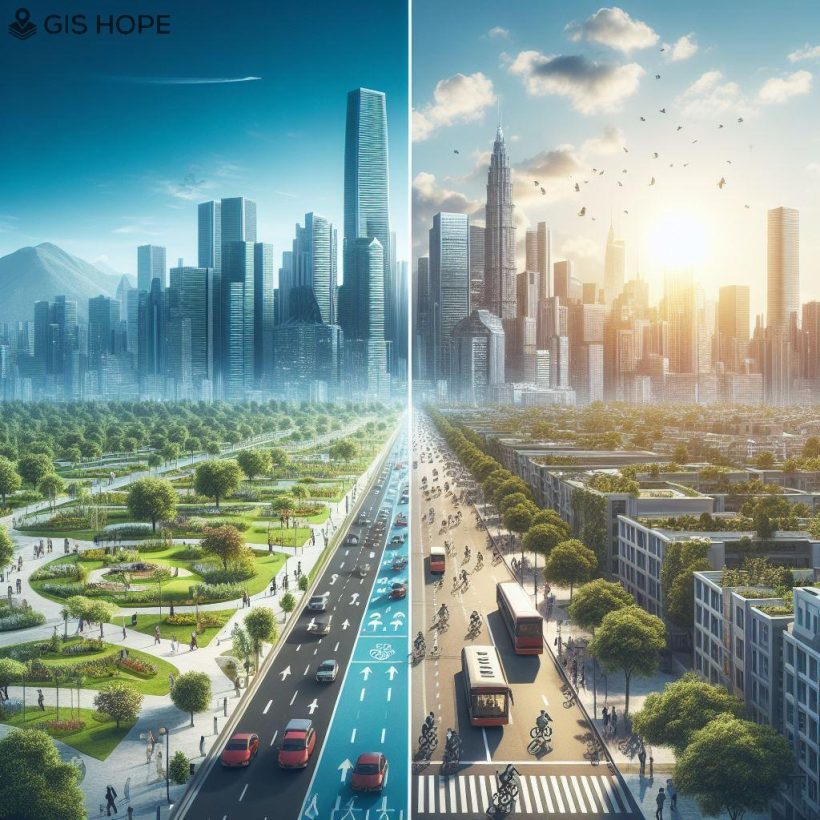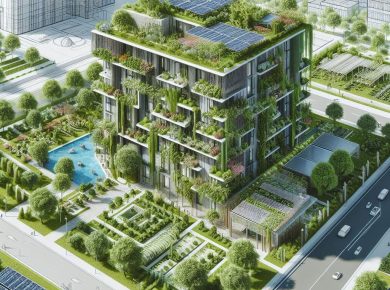Urban planning has always been a dynamic field, but in the 21st century, it faces unprecedented challenges and opportunities. As cities around the world grapple with rapid population growth, environmental degradation, and technological advancements, urban planners are tasked with creating sustainable, resilient, and livable spaces for future generations. This essay explores the evolving landscape of urban planning in the 21st century, highlighting innovative approaches and strategies that are shaping the cities of tomorrow.
Adapting to Changing Demographics
One of the key challenges facing urban planners in the 21st century is adapting to changing demographics. As populations grow and urbanize, cities must accommodate diverse needs and lifestyles. Urban planners are exploring mixed-use developments, transit-oriented design, and inclusive zoning policies to create vibrant, walkable, and socially inclusive communities. By prioritizing accessibility, affordability, and diversity, cities can ensure that they remain livable and equitable for all residents.
Embracing Technology and Innovation
Technology is transforming the way cities are planned, designed, and managed. From data-driven decision-making to smart infrastructure and digital governance, urban planners are leveraging technology to improve efficiency, sustainability, and quality of life. Smart cities initiatives are integrating sensors, IoT devices, and data analytics to optimize resource use, enhance public services, and foster innovation. By embracing technology and innovation, cities can become more resilient, responsive, and adaptive to changing urban dynamics.
Promoting Sustainable Development
Sustainability is at the forefront of urban planning efforts in the 21st century. With climate change and environmental degradation posing significant threats to cities, planners are prioritizing sustainable development practices, such as green building design, renewable energy integration, and transit-oriented development. Sustainable urban planning aims to reduce carbon emissions, minimize waste, and enhance resilience to climate impacts, ensuring that cities remain viable and livable for future generations.
Fostering Community Engagement
Community engagement is essential to the success of urban planning initiatives. In the 21st century, planners are embracing participatory approaches to involve residents, businesses, and stakeholders in decision-making processes. From neighborhood planning workshops to online feedback platforms, cities are finding innovative ways to engage citizens in shaping the future of their communities. By fostering collaboration and co-creation, urban planners can build more inclusive, responsive, and resilient cities that reflect the needs and aspirations of their inhabitants.
In conclusion, urban planning in the 21st century is a dynamic and multifaceted endeavor that requires innovative thinking, collaboration, and foresight. As cities continue to evolve and grow, urban planners face complex challenges and opportunities in creating sustainable, resilient, and livable spaces for future generations. By embracing technology, promoting sustainable development, and fostering community engagement, cities can build tomorrow’s cities that are inclusive, vibrant, and adaptable to the needs of their residents.
References
- Carmona, M., & Tiesdell, S. (2018). “Urban Design Reader.” Routledge.
- Batty, M., & Marshall, S. (2019). “The Science of Cities and Regions: Lectures on Mathematical Model Design.” Springer.
- Campbell, S. (2016). “The SAGE Handbook of Architectural Theory.” SAGE Publications.
- Beatley, T. (2012). “Green Urbanism: Learning from European Cities.” Island Press.






